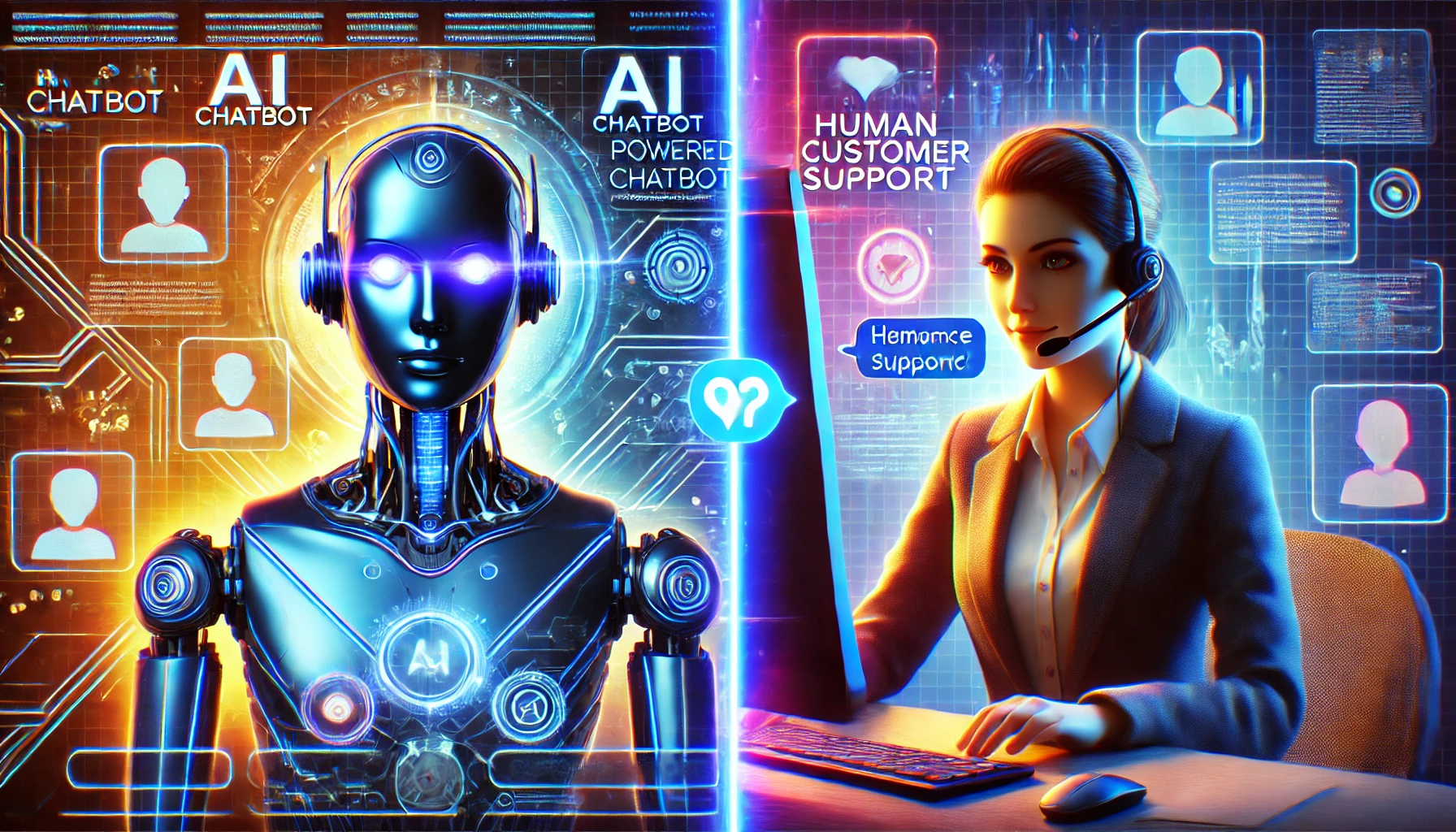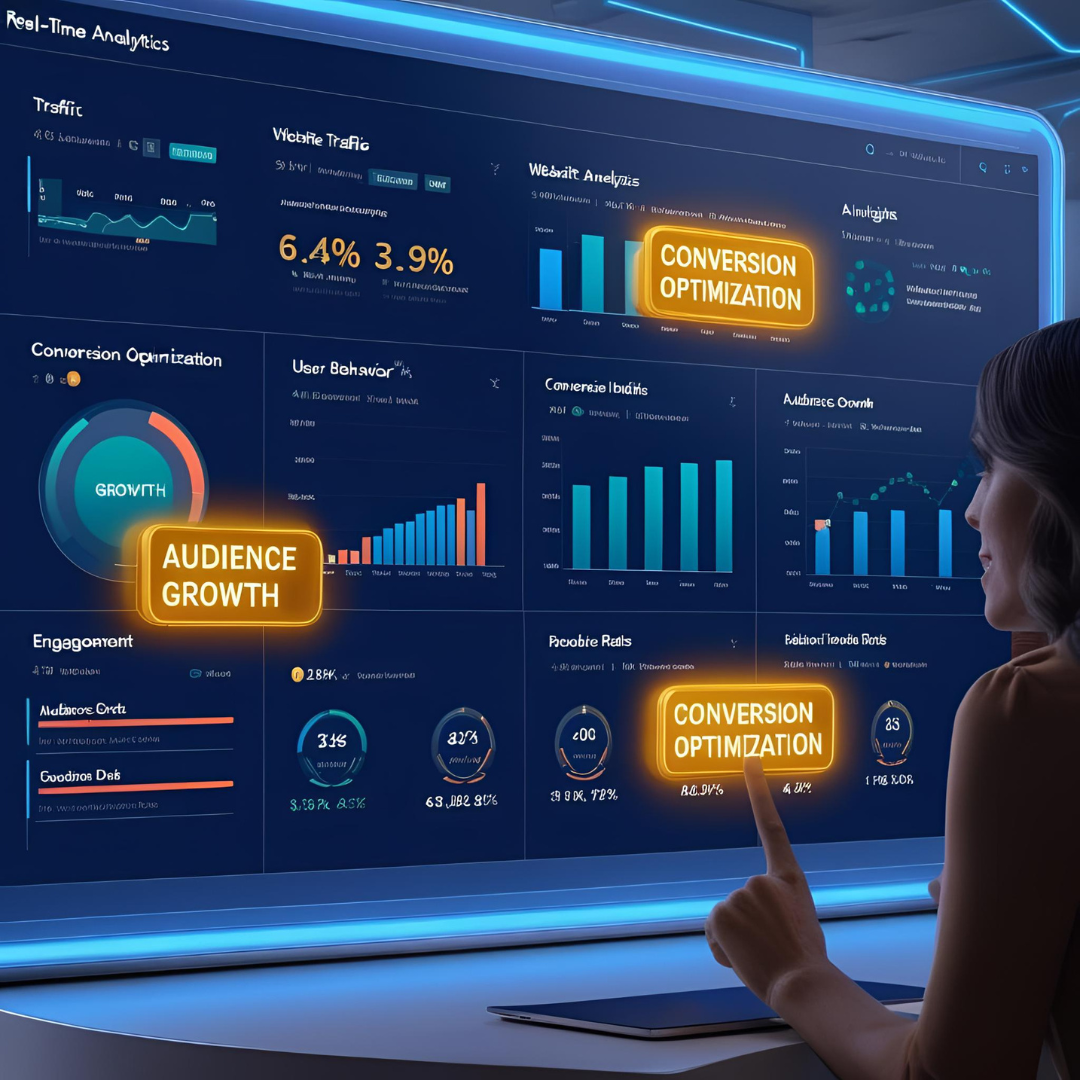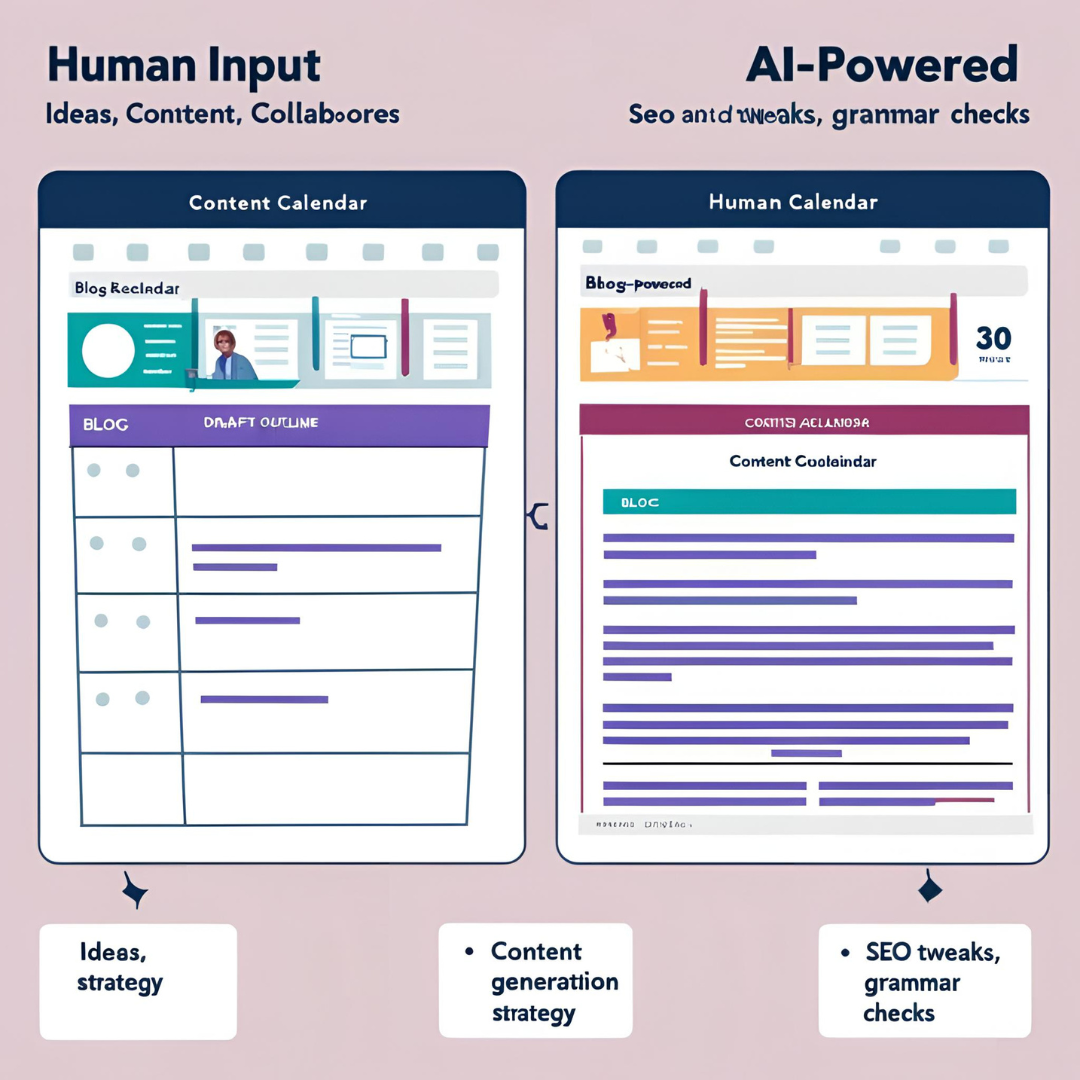AI-Powered Chatbots vs. Human Support: Which One is Right for Your Website?

Introduction
In today’s digital age, providing effective customer support on your website is crucial for enhancing user experience and driving conversions. With the advent of artificial intelligence, many businesses are turning to AI-powered chatbots to handle customer queries in real time. However, while chatbots offer impressive efficiency and scalability, they sometimes lack the nuanced understanding and empathy that human support can provide. This comprehensive guide will help you navigate the debate: AI-powered chatbots vs. human support. We’ll explore their pros and cons, practical use cases, and provide actionable insights on choosing the best solution for your website.
The Evolution of Customer Support
From Traditional Call Centers to Digital Solutions
Customer support has evolved dramatically over the past few decades. Traditional call centers once dominated the industry, but with the rise of the internet and digital communication channels, customer support now encompasses a broader array of tools—including email, live chat, and social media. The need for faster and more efficient support led to the development of chatbots, which can provide instantaneous responses 24/7.
The Emergence of AI-Powered Chatbots
AI-powered chatbots leverage natural language processing (NLP) and machine learning to understand and respond to customer inquiries. They can handle multiple conversations simultaneously, provide consistent answers, and reduce wait times. As technology has advanced, these chatbots have become more sophisticated, capable of managing complex queries and learning from past interactions to improve over time.
Benefits of AI-Powered Chatbots
1. Efficiency and Speed
AI chatbots offer lightning-fast responses, ensuring that customers receive immediate attention regardless of the time of day. This efficiency is particularly valuable for businesses with high volumes of queries or those operating across different time zones.
Example:
An e-commerce website can use chatbots to instantly answer questions about product availability, shipping details, and return policies—reducing the time customers spend waiting for support.
2. Cost-Effective Scalability
Chatbots can handle thousands of interactions simultaneously, reducing the need for a large customer support team. This scalability translates into significant cost savings, especially for small and medium-sized businesses.
Example:
Instead of hiring additional support staff during peak shopping seasons, a chatbot can manage the increased workload without additional expenses.
3. 24/7 Availability
Unlike human support agents who work specific shifts, AI-powered chatbots are available round the clock. This continuous availability ensures that customer inquiries are addressed promptly, improving overall customer satisfaction.
4. Consistency in Responses
AI chatbots provide consistent and standardized responses to customer queries. This consistency helps maintain a uniform brand voice and reduces the risk of human error in customer communications.
Limitations of AI-Powered Chatbots
1. Limited Understanding of Complex Queries
While AI chatbots excel at handling routine questions, they often struggle with complex or ambiguous queries that require a deeper understanding. In such cases, human intervention may be necessary to provide an accurate and empathetic response.
Example:
A customer with a unique or complicated issue might receive a generic response from a chatbot, leading to frustration and the need to escalate the query to a human agent.
2. Lack of Emotional Intelligence
Empathy is a key component of effective customer service. Human agents can read subtle cues, express genuine empathy, and build rapport with customers—qualities that AI chatbots have yet to fully replicate.
Example:
For emotionally charged situations, such as complaints or sensitive issues, human support can offer a more compassionate and understanding response.
3. Dependence on Pre-Defined Scripts
Chatbots rely on pre-programmed responses and algorithms. If a question falls outside these pre-defined scenarios, the chatbot may fail to provide a satisfactory answer, potentially leading to customer frustration.
When is Human Support Essential?
Handling Complex or Sensitive Issues
There are certain scenarios where human support is irreplaceable. When a customer’s issue is complex or emotionally sensitive, the nuanced understanding and adaptability of a human agent are crucial.
Example:
In cases where a customer has experienced a significant issue with a product or service, a human support agent can offer personalized solutions, express genuine empathy, and ensure that the customer feels heard and valued.
Providing a Personalized Touch
Human agents excel in delivering personalized customer experiences. They can tailor their responses based on the customer’s history, preferences, and unique situation, creating a more engaging interaction that fosters loyalty and trust.
Example:
A dedicated support representative can follow up on previous interactions, understand a customer’s history, and provide tailored recommendations that an AI system might overlook.
Hybrid Solutions: The Best of Both Worlds
Combining AI and Human Support
Many businesses are adopting a hybrid approach that leverages the strengths of both AI-powered chatbots and human agents. In this model, chatbots handle routine and repetitive queries while seamlessly transferring more complex or sensitive issues to human support.
Benefits of a Hybrid Approach:
Efficiency: Chatbots manage simple inquiries, reducing the workload for human agents.
Personalization: Human agents handle complex issues, ensuring a personalized customer experience.
Cost Savings: The hybrid model maximizes efficiency while minimizing the need for a large support team.
Implementing a Seamless Transition
For a hybrid support system to work effectively, it’s crucial to ensure a seamless transition between chatbot and human interaction. This can be achieved by integrating a robust ticketing system that flags when a query requires human intervention. Additionally, training human agents to work alongside AI tools can ensure they have the insights needed to pick up where the chatbot left off.
Example:
A website could implement a feature where the chatbot asks the customer if they’d like to speak with a human agent if it detects that the query is becoming too complex. This proactive measure not only improves customer satisfaction but also builds trust in the brand’s commitment to quality support.
Real-World Examples and Case Studies
Case Study 1: E-Commerce Success with AI Chatbots
An online retailer integrated an AI chatbot to handle inquiries about order tracking, returns, and product details. The chatbot managed over 70% of all customer interactions during peak sales periods, significantly reducing wait times and operational costs. For more complex issues, the chatbot seamlessly transferred the query to a human agent, ensuring that customers received the attention they needed.
Case Study 2: Financial Services and Human Empathy
A financial services company found that while their AI chatbot effectively handled routine queries about account balances and transaction details, customers dealing with loan inquiries or investment issues preferred speaking with a human representative. The company implemented a hybrid model, which led to a 25% increase in customer satisfaction and improved resolution times for complex issues.
How to Choose the Right Option for Your Website
Assess Your Business Needs
Before deciding between AI-powered chatbots and human support, assess the unique needs of your business and your customers. Consider factors such as:
Volume of Inquiries: High-volume websites may benefit from the efficiency of chatbots.
Complexity of Support: If your customer queries are generally complex, investing in skilled human support might be more beneficial.
Budget Constraints: AI chatbots can reduce costs associated with hiring and training human support, but they may require an initial investment in technology.
Evaluate Customer Expectations
Understanding your target audience is critical. Some customers prefer the instantaneity of chatbots, while others value the personalized touch of human interaction. Conduct surveys, analyze customer feedback, and monitor interaction data to determine which approach aligns best with your audience’s preferences.
Implement and Test
Consider running a pilot program where you implement both solutions on a limited scale. Use A/B testing to compare response times, customer satisfaction levels, and overall engagement. This data-driven approach will help you make an informed decision on the optimal balance between AI and human support.
Best Practices for a Hybrid Support Model
Train Your Human Agents
Ensure that your human support team is well-versed in the capabilities and limitations of your AI chatbot. Provide regular training on how to manage escalated queries, and emphasize the importance of maintaining a consistent brand voice.
Monitor Performance Metrics
Key performance indicators (KPIs) such as average response time, customer satisfaction scores, and query resolution rates should be tracked closely. Use these metrics to continually refine your support strategy and optimize the balance between AI and human interactions.
Use Customer Feedback to Improve
Customer feedback is invaluable in fine-tuning both chatbot and human support functions. Regularly solicit feedback through surveys and direct interactions to identify areas for improvement. This iterative approach will help you enhance the overall customer experience over time.
Conclusion
Choosing between AI-powered chatbots and human support doesn’t have to be an either-or decision. Both solutions offer distinct advantages that can be leveraged to create a seamless, efficient, and customer-centric support system. While AI chatbots excel in providing quick, cost-effective, and 24/7 service, human agents bring empathy, personalized attention, and the ability to handle complex issues.
By carefully assessing your business needs, understanding your customer expectations, and implementing a hybrid model, you can enjoy the benefits of both approaches—ensuring that your website offers the best possible support experience.






